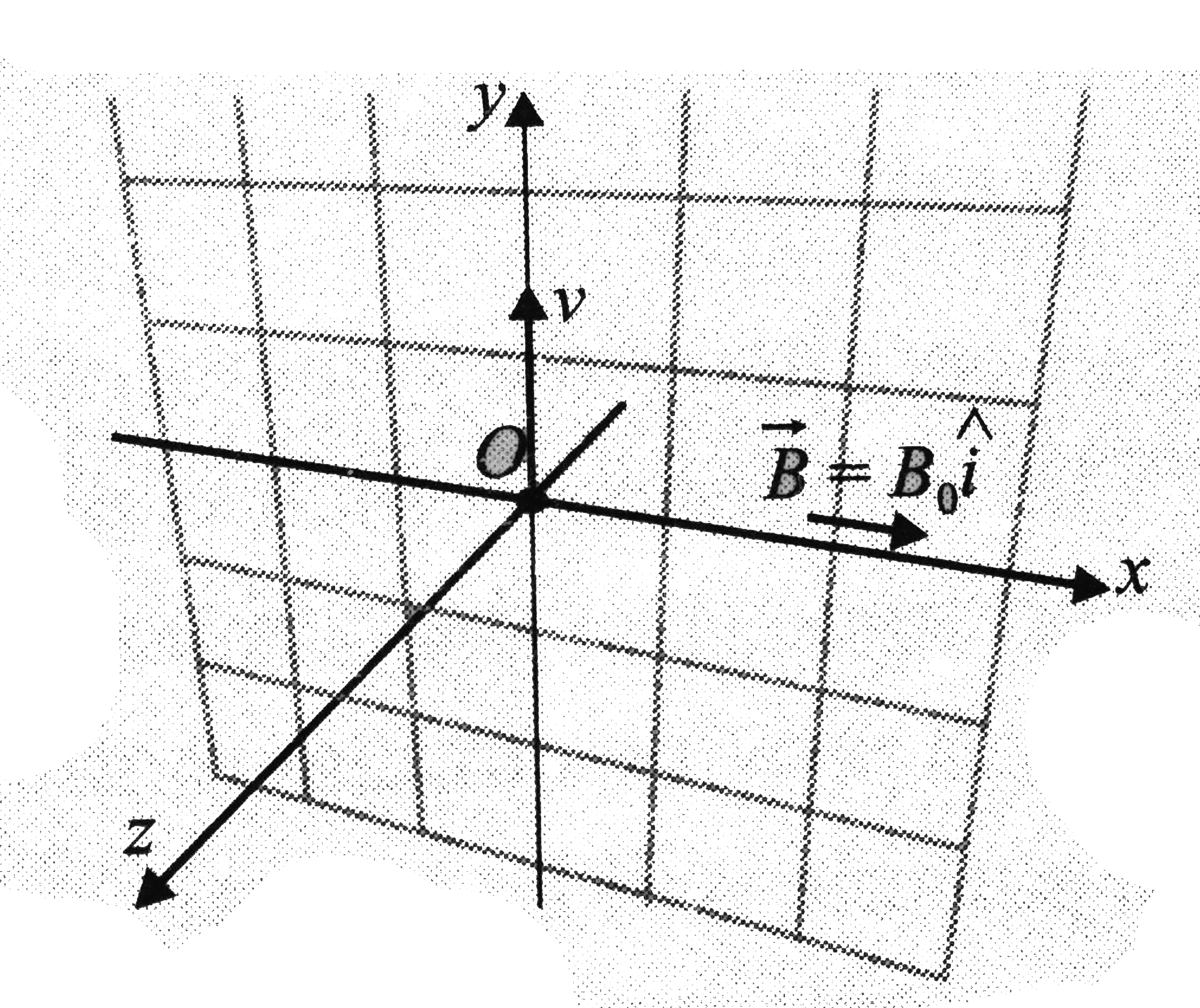A particle of mass m is moving along the line y-b with constant acceleration a. The areal velocity of the position vector of the particle at time t is (u=0)
constant
abt2
abt2m
a2bt2m
The correct Answer is:B
To solve the problem step by step, we need to find the areal velocity of a particle moving along the line y=b with constant acceleration a.
Step 1: Understand Areal Velocity
Areal velocity is defined as the area swept out per unit time by the position vector of the particle. Mathematically, it can be expressed as:
Areal Velocity=At=L2m
where A is the area swept out, t is the time, L is the angular momentum, and m is the mass of the particle.
Step 2: Express Angular Momentum
The angular momentum L of a particle can be expressed in terms of its position vector →r and momentum →p:
L=→r×→p
where →p=m→v is the momentum of the particle.
Step 3: Substitute for Areal Velocity
Substituting the expression for angular momentum into the equation for areal velocity gives:
At=L2m=→r×(m→v)2m=→r×→v2
Step 4: Find the Velocity
Given that the particle starts from rest (u=0), we can find the velocity v at time t using the equation of motion:
v=u+at=0+at=at
Step 5: Determine the Position Vector
Since the particle is moving along the line y=b, the position vector →r can be represented as:
→r=(x,b)
Step 6: Calculate the Areal Velocity
The perpendicular distance r from the line of motion to the origin is b. Thus, substituting v=at and r=b into the areal velocity formula:
At=(b)(at)2=abt2
Step 7: Final Expression for Areal Velocity
Thus, the areal velocity becomes:
Areal Velocity=ab2
Conclusion
The areal velocity of the position vector of the particle at time t is:
ab2
Areal velocity is defined as the area swept out per unit time by the position vector of the particle. Mathematically, it can be expressed as:
The angular momentum L of a particle can be expressed in terms of its position vector →r and momentum →p:
Substituting the expression for angular momentum into the equation for areal velocity gives:
Given that the particle starts from rest (u=0), we can find the velocity v at time t using the equation of motion:
Since the particle is moving along the line y=b, the position vector →r can be represented as:
The perpendicular distance r from the line of motion to the origin is b. Thus, substituting v=at and r=b into the areal velocity formula:
Thus, the areal velocity becomes:
The areal velocity of the position vector of the particle at time t is:
Topper's Solved these Questions
Similar Questions


For a particle moving along straight line with constant acceleration (a), we define velocity of the particle with time as
v=u+at, (u=initial velocity)
Draw the velocity-time graph of the particle in following situations.
(i) Velocity is decresing with time (i.e., acceleration in negative)
(ii) Initial velocity is negative but acceleration is positive
View SolutionA particle of mass m is moving along the line y=b,z=0 with constant speed v. State whether the angular momentum of particle about origin is increasing, decreasing or constant.
View SolutionA particle of mass m is moving along the line y=b,z=0 with constant speed v. State whether the angular momentum of particle about origin is increasing. Decreasing or constant.
View SolutionStatement-I : A particle moves in a straight line with constant acceleration. The average velocity of this particle cannot be zero in any time interval.
Statement-II : For a particle moving in straight line with constant acceleration, the average velocity in a time interval is u+v2, where u and v are initial and final velocity of the particle of the given time interval.
View SolutionA particle is moving along x-direction with a constant acceleration a. The particle starts from x=x0 position with initial velocity u. We can define the position of the particle with time by the relation
x=x0+ut+12at2
plot the position of the particle in relation with time is following situations
(i) If initial position of the particle is on negativ x-axis, initial velocity is positive and acceleration is negative.
(ii) If initial position is positive, initial velocity is negative and acceleration is positive.
View SolutionA charge particle of mass m and charge q is projected with velocity v along y-axis at t=0.

Find the velocity vector and position vector of the particle →v(t)and→r(t) in relation with time.
View SolutionForce acting on a particle of mass m moving in straight line varies with the velocity of the particle as F=K/V K is constant then speed of the particle in time t
View SolutionA particle moves rectilinearly with initial velocity u and constant acceleration a. Find the average velocity of the particle in a time interval from t=0 to t=t second of its motion.
View SolutionFind out the position of particle as a function of time which is moving in a straight line with an acceleration a=5x, where x is position.
(i) At t=0 the particle is at x=0 (ii) Mass of the object is 5kg
View SolutionIf acceleration a(t)=3t2 and initial velocity u=0 m/s , then the velocity of the particle after time t=4 s
View Solution
